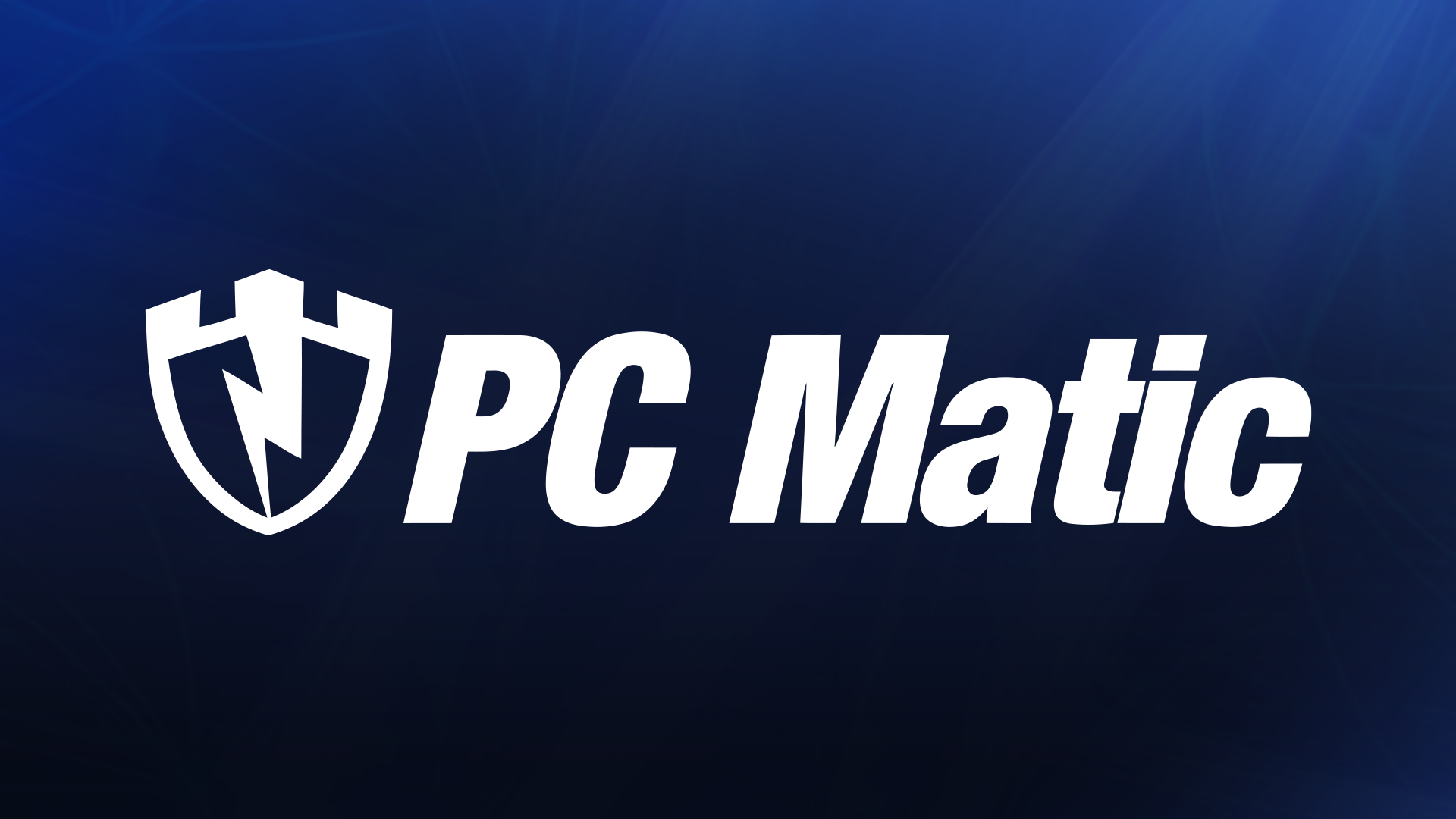
By Harry McCracken
The best way to predict the future is to invent it.” So said legendary tech visionary Alan Kay. He was absolutely correct. But he might have added that inventing the future is anything but a cakewalk. Even though everyone who does it has the luxury of learning from predecessors who tried and failed.
The brightest inventors on the planet keep coming up with ideas that never amount to much–even when they set out to solve real problems, and even when their brainchildren foreshadow later breakthroughs. And professional tech watchers have long proven themselves prone to getting irrationally exuberant about stuff that just isn’t ready for prime time.
Thanks to Google Books’ archives of Popular Science, Popular Mechanics, LIFE, and other magazines that frequently reported on futuristic gizmos, we have a readily accessible record of technology that failed to live up to the initial hype–including random notions that never got off the drawing board, startlingly advanced products that didn’t find a market, and very rough drafts of concepts that eventually became a big deal. The best of them are fascinating, even when it’s not the least bit surprising that they flopped.
Herewith, fifteen inventions–not that all of them ever got built–that were at least a decade ahead of their time. They’re in chronological order, starting with the inspiration that gave this article its title.
1. Thomas Edison’s Metal Books
 As described in: Cosmopolitan, February 1911.
As described in: Cosmopolitan, February 1911.
What it was: Among the numerous brainstorms and predictions that Thomas Alva Edison shared with Cosmopolitan readers in an exclusive interview was his vision of 40,000-page books that would be two inches thick and weigh a pound–because their pages would be made of metal, not paper:
Even the pages of books may be made of steel, though Edison regards nickel as a better substitute for paper…”Why not?” asks Edison. “Nickel will absorb printer’s ink. A sheet of nickel one twenty-thousandth of an inch thick is cheaper, tougher, and more flexible than an ordinary sheet of book-paper. A nickel book, two inches thick, would contain 40,000 pages. Such a book would weigh only a pound. I can make a pound of nickel sheets for a dollar and a quarter.”
Here…is a prospect of real culture for the masses Forty thousand pages in a volume! A single volume the equivalent in printing space of two hundred paper-leaved books of two hundred pages each! What a library might be placed between two steel covers and sold for, perhaps, two dollars!
That’s a lot of exclamation points!
Flies in the ointment: I feel disrespectful expressing skepticism about an idea pitched by the greatest inventor of all time, but…I’m skeptical that it would have worked. Also, wouldn’t it have been tough to flip ahead to, say, page 17,356?
When did the basic idea become practical? I know of no evidence that Edison or anyone else ever printed a single book on nickel. (A Google search for “books printed on nickel” returns one result–a Publisher’s Weekly story referencing the Edison interview.) The first time anyone crammed massive numbers of books into one booklike device that real people could buy may have been when the Rocketbook and Softbook were released in 1999–not that very many people bought either of them.
Modern counterpart: The Kindle, the Nook, Sony’s Readers, and every other current gadget for reading digital tomes…even though they all cost a lot more than $2. And is it going too far to say that Edison had a 1911 version of the upcoming Apple tablet in mind?
2. The Automobile Wireless Telephone
 As seen in: Popular Mechanics, February 1913.
As seen in: Popular Mechanics, February 1913.
What it was: An brainchild of Los Angeles inventor E.C. Hanson, who successfully made wireless calls over a distance of 35 miles from a phone installed in his roundabout.
Flies in the ointment: You thought the telescoping antennae on early brick phones are comically archaic? Hanson’s car phone required that the car in question be outfitted with telephone poles fore and aft, supporting “aerial wires and high-voltage insulators.”
When did the basic idea become practical? Experimentation with mobile phones continued for decades, but they only started to make sense in 1983 when Motorola shipped its DynaTAC, the first true cell phone–a full seven decades after Hanson’s experiments.
Modern counterpart: Your iPhone, BlackBerry, Nexus One, or Pre. Or even your humble flip phone.
3. The Telenewspaper and Electric Writer
As seen in: Popular Mechanics, June 1928.
 What they were: Items in a “home of the future” depicting the typical house of 2000, designed by architect R.A. Duncan and exhibited in London. Besides the expected flying car in the garage, the place had a high-tech study with:
What they were: Items in a “home of the future” depicting the typical house of 2000, designed by architect R.A. Duncan and exhibited in London. Besides the expected flying car in the garage, the place had a high-tech study with:
…a built-in radio and loud speakers, a built-in television set to see the day’s events and a built-in telenewspaper for visible radio projection of the day’s news. An electric writer, to transmit by radio similar messages, and an elaborate lighting-control panel, were also included.
That’s as far as the magazine’s explanation goes. If the room already has a TV, I’m assuming that the telenewspaper would have presented news in words and pictures displayed on a screen. The electric writer, meanwhile, appears to involve an in-wall display and some sort of box with buttons. I can’t see any evidence of QWERTY capability–maybe there was a wireless keyboard.
Flies in the ointment: The illustration in the magazine shows a house dwarfed by a huge honkin’ antenna, looking a bit like the ones at the top of San Francisco’s Twin Peaks. With experimental television broadcasts barely underway, it was awfully premature to be talking about homes with multiple displays built into the walls. Also, shouldn’t the telenewspaper and the electric writer be one device, or at least share one display?
When did the basic ideas become practical? In the 1980s and 1990s, more and more people began using electric screens to read news and transmit messages, although the screens usually weren’t built into walls and the transmissions used telephone wires rather than radio waves.
Modern counterparts: Google News and Gmail.
[This post is excerpted with Harry’s permission from his Technologizer blog.]


